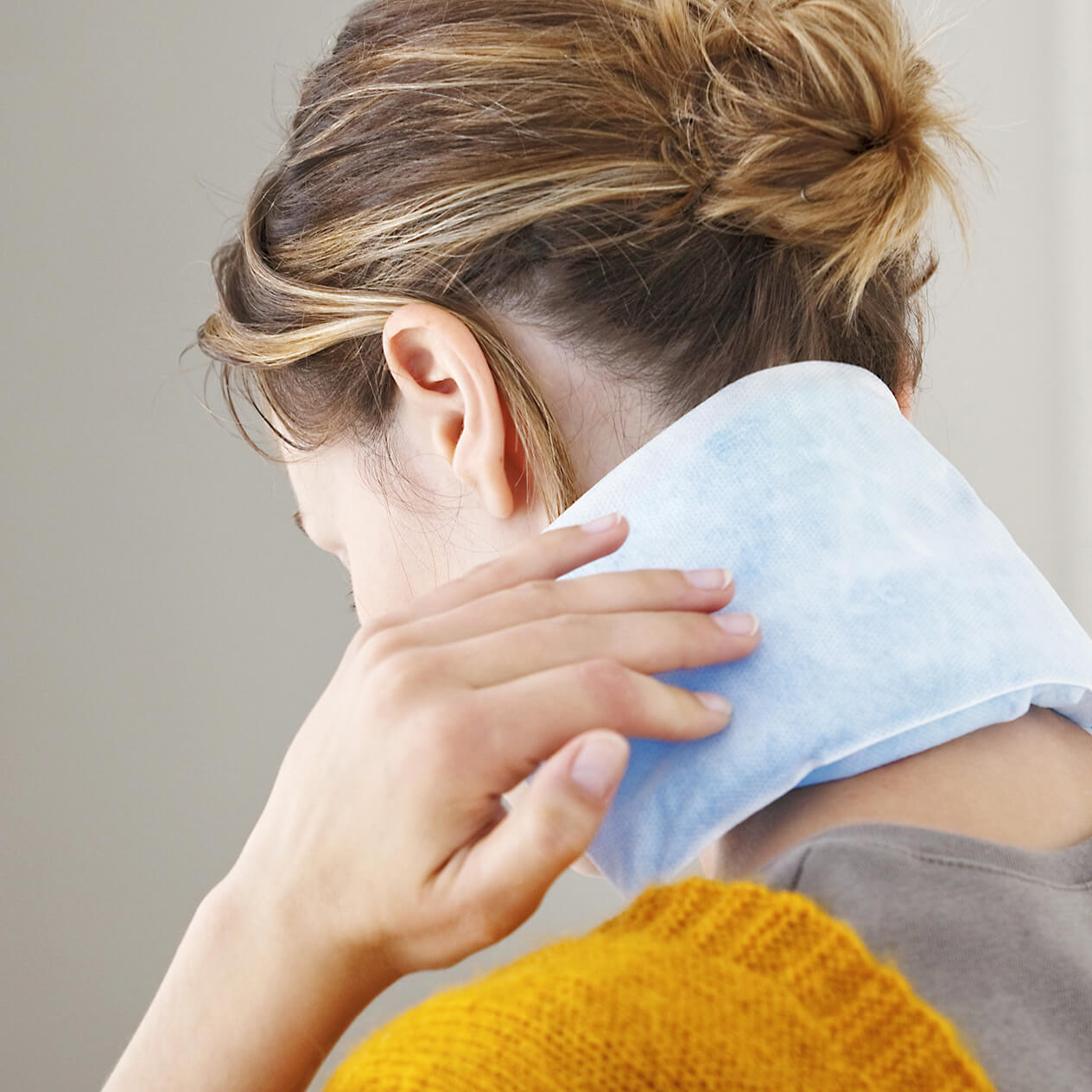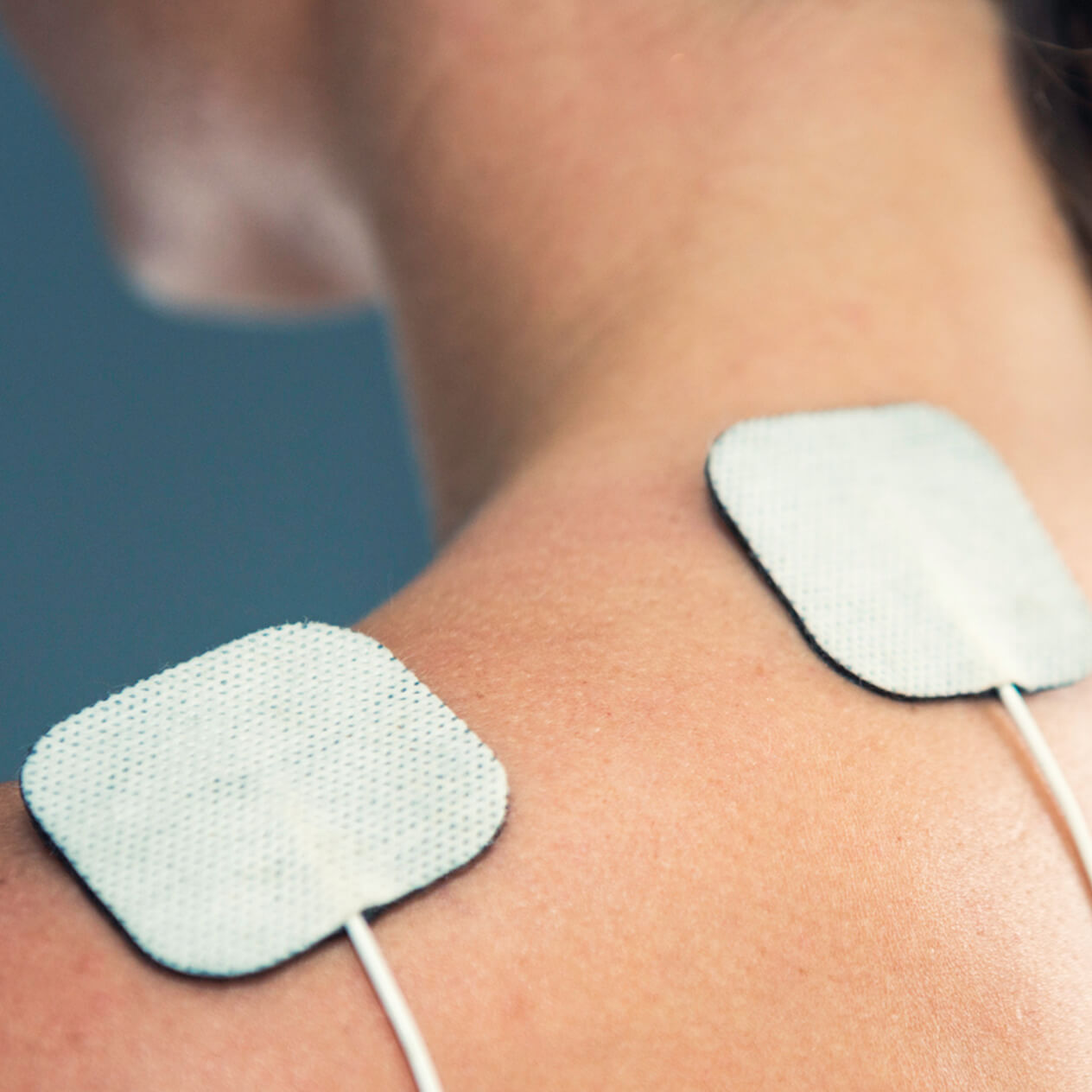Heat & Cold
Cold or heat packs are commonly used to manage pain. Cold is recommended after acute injury or to manage acute swelling near a wound. However, heat may be used at any time for muscle and joint aches.


Is it safe for me?
Cold and heat treatments should not be used over areas of numbness or reduced sensation. Cold or heat treatments should also be avoided for areas with poor blood supply that might occur with diabetes.
Application of heat near a surgical site should be delayed for 2 or more weeks.
Plan for it
It can be helpful to have ways of applying cold or heat ready.
Cold packs:
There are several inexpensive options to apply cold at home.
- Ice packs: To make your own ice pack, combine 1⁄3 cup rubbing alcohol with 2⁄3 cup water in a plastic freezer bag. Get as much air out of the bag as possible before sealing the bag. Place the bag in a second plastic freezer bag before putting it in the freezer. The cold pack is ready to use when the contents are slushy. These can be refrozen and reused.
- Frozen bags of peas: Frozen peas can be applied to an extremity or molded around the painful area. Use is simple. Take the bag of peas out of the freezer, tap them firmly on a table top to loosen them up, and place them over the painful area. These can be refrozen and reused.
- Commercial cold packs: There are many varieties of cold packs in various sizes and materials that can be placed in the freezer and reused. They are available at pharmacies and online. While convenient, they may not chill as effectively as the above options and are somewhat more expensive.
Heat Packs:
Reusable and microwavable hot packs, old fashioned hot water bottles, and heat lamps are available in stores and online at reasonable prices.
Watch
 2:31
2:31
Heat and Cold for Pain
Heat and cold are commonly used to reduce swelling and relax tight muscles. Learn how applying heat and cold can help with pain management.
Need help or have questions?
If you have questions about this resource or any medical condition, always talk to your healthcare professional.


